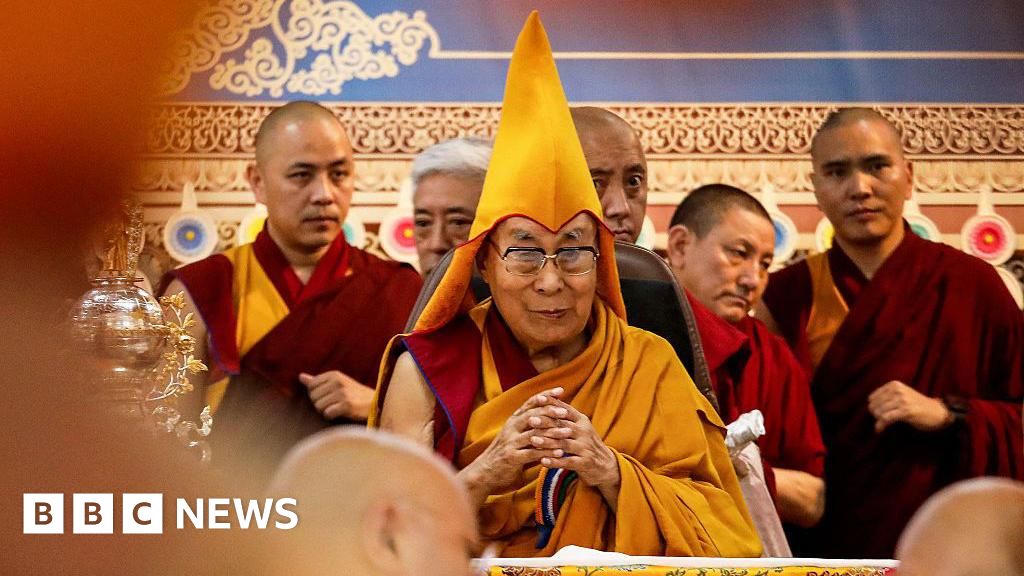The 14th Dalai Lama was born on 6 July 1935, in a small village just outside the current boundaries of Tibet.
His parents, who named him Lhamo Dhondub, were farmers with several other children.
When he was two years old, a search party of Buddhist officials recognised him as the reincarnation of the 13 previous Dalai Lamas and he was enthroned before he turned four. He was given the monastic name Tenzin Gyatso.
He was educated at a monastery and went on to achieve the Geshe Lharampa Degree, a doctorate of Buddhist philosophy.
But in 1950, when he was 15, troops of China’s newly-installed Communist government marched into Tibet.
As soldiers poured in, the Dalai Lama assumed full power as head of state.
In May 1951, China drew up a 17-point agreement legitimising Tibet’s incorporation into China.
Then, on 10 March 1959, a Chinese general invited the Dalai Lama to attend a performance by a Chinese dance troupe. But Tibetans feared it was a trap aimed at abducting the Dalai Lama, and many began gathering by his palace to protect him.
This evolved into protests against the Chinese troops’ presence in Tibetan territory. The People’s Liberation Army launched a brutal crackdown, and thousands are said to have died.
Days later, the Dalai Lama fled the palace, a decision he said was based on divine orders from his personal oracle. He disguised himself as a soldier and slipped into the crowd one night.
Together with an entourage, he arrived at the Indian border after a gruelling 15-day trek across the Himalayas.
The Indian government granted asylum, and he eventually settled in Dharamshala in the north of India, which became home to the Tibetan government-in-exile.
The Dalai Lama was followed into exile by about 80,000 Tibetans, most of whom settled in the same area.
